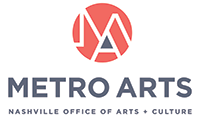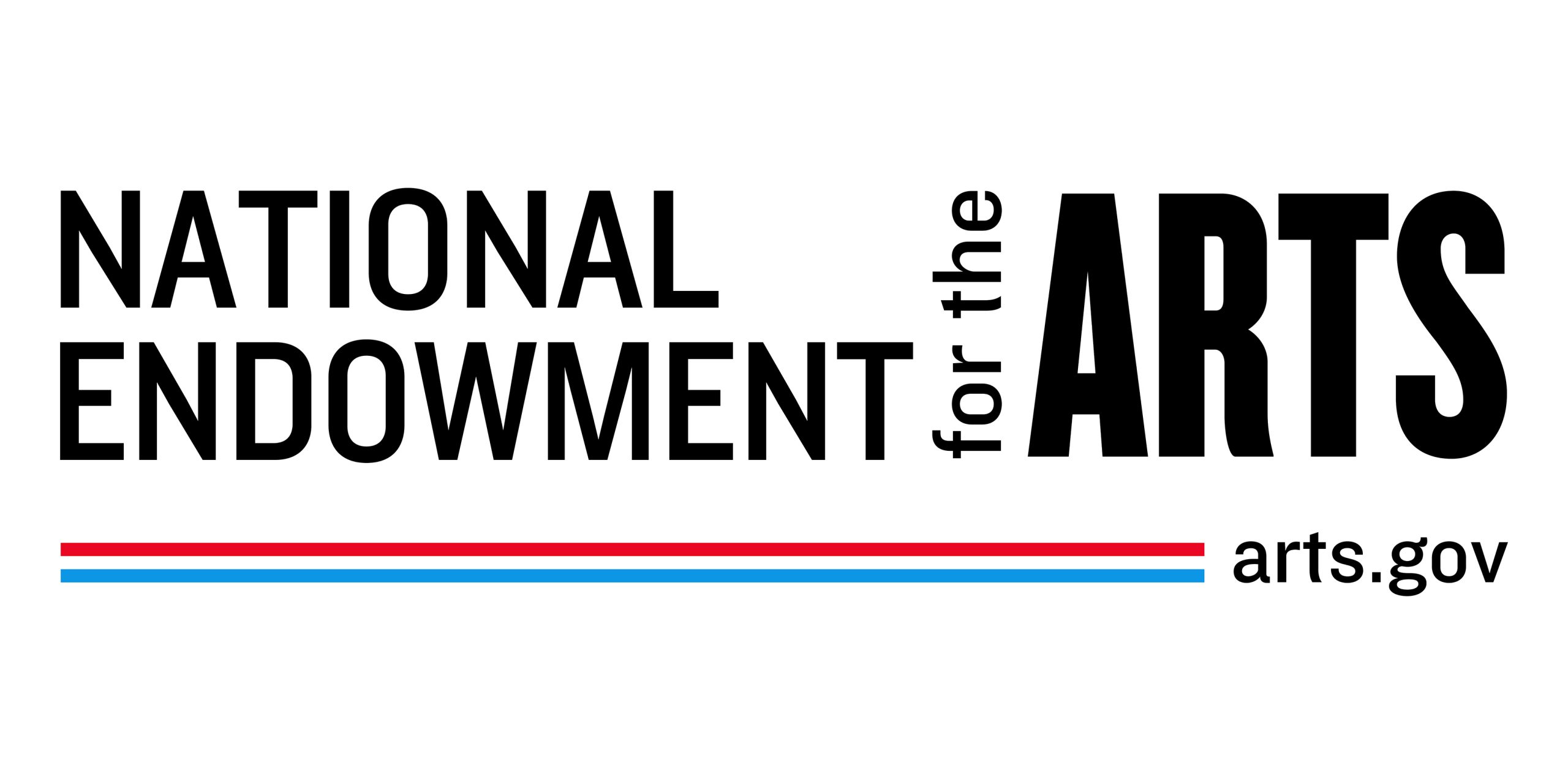Over the course of his meteoric career, Andy Warhol (1928–1987) used the medium of music to transform himself from fan to record album designer, producer, celebrity night-clubber and rock impresario. Warhol Live presents a comprehensive exploration of the artist’s work as experienced through the lens of music and dance. This exhibition juxtaposes major pieces (Elvis, Marilyn, Liza Minnelli, Grace Jones, Mick Jagger, Debbie Harry, the Self-portraits and the Campbell’s Soup Cans) with lesser-known works inspired by music and the performing arts (album covers, illustrations, photos and Polaroids), along with films and sound recordings, which provide a visual and aural score to Warhol’s extraordinary work and life. The exhibition includes nearly 300 works, including objects and documents from the artist’s personal archives.
This exhibition presents the first comprehensive multimedia exploration of the central role of music and dance in Andy Warhol’s work. Famous as a pioneer of Pop art, over the course of his career, Warhol used the medium of music to transform himself from a fan to a record album designer, filmmaker, producer, celebrity night-clubber, and a “rock star”-caliber celebrity in his own right.
Although he never composed music or choreographed dance, the influence of these two “live” art forms was felt in almost every medium he explored: drawing, filmmaking, graphic design, installation, painting, performance, photography, printmaking, sculpture, stage design, and television. From the time he arrived in New York in 1949 until his death in 1987, Warhol illustrated numerous music publications, as well as almost fifty record album covers encompassing the diverse genres of classical, disco, jazz, pop, rock, and soul. He created memorable depictions of the dancers Merce Cunningham and Martha Graham; Hollywood legends Judy Garland, Marilyn Monroe, and Elvis Presley; and music world celebrities such as Mick Jagger, Michael Jackson, Debbie Harry, and even Dolly Parton. In many cases, Warhol’s portraits have become the defining images of these stars.
The impact of music and dance in Warhol’s work extends beyond his interest in celebrity. Many of his innovations in painting and film—including his use of serial imagery, reliance on chance, and interest in dissolving the boundaries that separate art from life—shared strong affinities with the aesthetics of his avant-garde contemporaries, including painter Robert Rauschenberg, composers John Cage and La Monte Young, and choreographer Merce Cunningham.
An impresario of both underground and popular culture, Warhol orchestrated performances and created films at his legendary Factory studio. He acted as producer for the Velvet Underground, for which he conceived and toured the multimedia performance known as the Exploding Plastic Inevitable. Music was used extensively in his films, from minimalist experiments to edited collages of pop tunes. He featured musicians in his magazine, Interview, and cable program, Andy Warhol’s T.V.; directed and appeared in music videos; and made the Studio 54 nightclub an extension of his own studio.
While Andy Warhol created some of the most memorable paintings of his generation, he also expanded the traditional role of the artist. Moving between disciplines with dazzling ease, Warhol revealed himself to be not only a pioneer of multimedia installation, performance, and sound art, but also a model of the artist attuned to his time.
Warhol Live: Music and Dance in Andy Warhol’s Work is produced by the Montreal Museum of Fine Arts in partnership with The Andy Warhol Museum, one of the four Carnegie Museums of Pittsburgh.This exhibition is supported by an indemnity from the Federal Council on the Arts and the Humanities.
Thank you to our exhibition supporters





